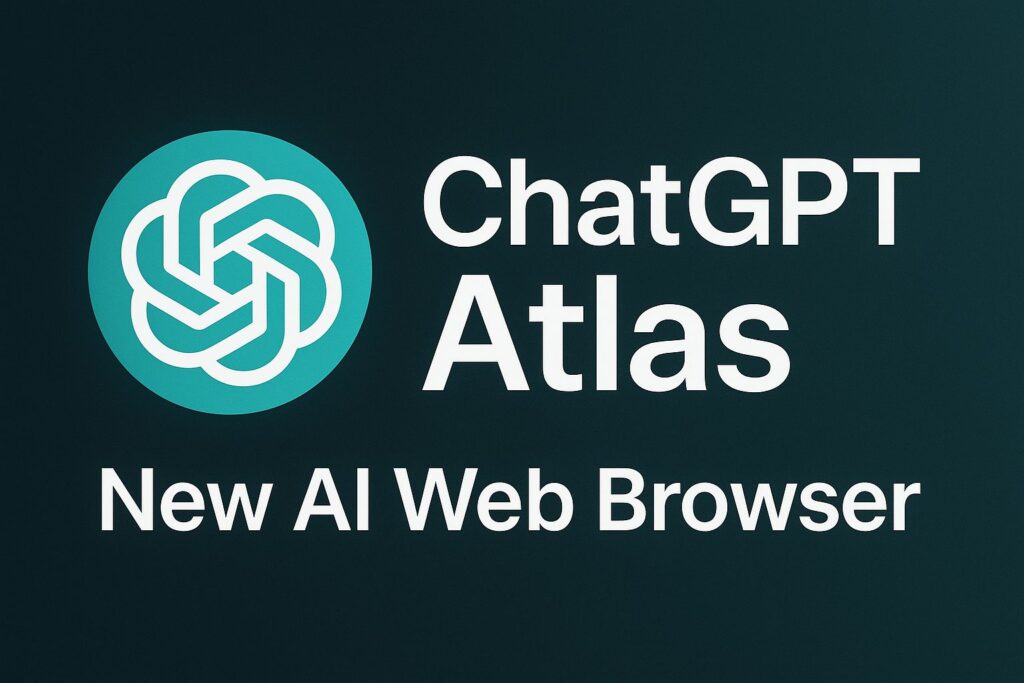Boosting User Engagement Through Interactive Content
User engagement, a crucial metric for any online platform, reflects how actively users interact with your content and services. A high engagement rate translates to increased user satisfaction, brand loyalty, and ultimately, business success. One powerful strategy to boost this rate is through the strategic implementation of interactive content. This approach moves beyond passive consumption, encouraging active participation and fostering a deeper connection with your brand.
Firstly, understanding the core principles of interactive content is paramount. Interactive elements, such as quizzes, polls, surveys, and interactive videos, encourage users to actively participate in the content rather than simply passively absorbing it. This active engagement creates a more memorable and enjoyable experience, leading to a higher likelihood of repeat visits and recommendations. Furthermore, these interactions provide valuable data insights. User responses to quizzes, for example, can reveal preferences and pain points, allowing for targeted content creation and improved user experience. Consequently, this data-driven approach allows for continuous optimization of your content strategy.
Beyond the basic interactive elements, consider incorporating more complex interactions. Gamification, for instance, can significantly enhance engagement. Introducing points, badges, leaderboards, or challenges can transform content consumption into a playful and competitive experience. This approach taps into users’ natural desire for recognition and accomplishment, fostering a sense of community and encouraging continued interaction. Moreover, gamified elements can be seamlessly integrated into various content formats, from educational materials to product demonstrations.
Another key aspect of interactive content is personalization. Tailoring content to individual user preferences and behaviors can significantly increase engagement. For example, a quiz that adapts its questions based on previous responses can create a more relevant and engaging experience. Similarly, personalized recommendations based on user interactions can lead to a more tailored and satisfying experience. By understanding user preferences, you can create content that resonates with them on a deeper level, fostering a stronger connection with your brand.
Furthermore, the design and presentation of interactive content play a crucial role in its effectiveness. Clear instructions, intuitive interfaces, and visually appealing designs are essential for a positive user experience. Users should easily understand how to interact with the content, and the design should be aesthetically pleasing and engaging. Poorly designed interactive content can quickly frustrate users and lead to a decline in engagement. Therefore, meticulous attention to detail in the design process is critical.
Finally, the integration of interactive content should be strategic and purposeful. It shouldn’t be a superficial addition but rather an integral part of your overall content strategy. Consider the specific goals you want to achieve with each piece of interactive content. Are you looking to gather feedback, educate users, or promote a product? Defining clear objectives will help you create interactive content that effectively achieves those goals. By aligning interactive content with your broader objectives, you can maximize its impact on user engagement. In conclusion, implementing interactive content is a powerful strategy for boosting user engagement. By understanding the principles of interaction, personalization, and design, you can create content that not only captivates users but also provides valuable insights into their needs and preferences.
Crafting Compelling Calls to Action for Higher Engagement
Crafting compelling calls to action (CTAs) is paramount to boosting user engagement rates. A well-designed CTA acts as a bridge, connecting users with desired actions and ultimately driving engagement. Simply put, a strong CTA encourages users to take the next step, whether it’s subscribing to a newsletter, purchasing a product, or completing a survey. However, crafting effective CTAs requires more than just a few words; it demands a strategic approach that considers the user’s perspective and the overall context of the platform or website.
Firstly, understanding your target audience is crucial. Different demographics respond to different types of messaging. A CTA aimed at a younger audience might benefit from a more playful and informal tone, while a CTA targeting professionals might require a more formal and authoritative approach. Furthermore, consider the user’s current stage in the customer journey. A user browsing a product page for the first time will likely respond differently to a CTA than a user who has already expressed interest in a specific item. Tailoring the CTA to the user’s specific needs and context is key to maximizing its effectiveness.
Secondly, the language used in the CTA is critical. Avoid jargon or overly technical terms that might confuse or alienate users. Instead, use clear, concise, and action-oriented language. Words like “download,” “subscribe,” “learn more,” and “buy now” are powerful because they directly communicate the desired action. Moreover, using strong verbs and active voice can significantly improve the impact of the CTA. For example, “Download our free guide” is more compelling than “You can download our free guide.” The active voice creates a sense of immediacy and encourages immediate action.
Beyond the words themselves, the visual design of the CTA is equally important. A visually appealing CTA stands out from the surrounding content and draws the user’s attention. Using contrasting colors, clear typography, and a visually appealing button shape can significantly improve click-through rates. Consider the overall aesthetic of your platform or website and ensure the CTA aligns seamlessly with the existing design. Furthermore, ensure the CTA is easily visible and accessible, avoiding cluttering the page with too many CTAs or placing them in areas that are difficult to find.
Furthermore, testing different CTAs is essential for optimizing performance. A/B testing allows you to compare different versions of a CTA to determine which performs best. This iterative process allows you to refine your CTAs based on real-world data and user behavior. By analyzing click-through rates, conversion rates, and other relevant metrics, you can identify what resonates best with your audience and make data-driven adjustments. This continuous improvement process is crucial for maintaining high engagement rates over time.
Finally, consider the context in which the CTA appears. A CTA placed within a relevant piece of content will be more effective than one placed in an irrelevant or distracting location. For instance, a CTA to download a mobile app should be prominently displayed on the app’s landing page. Similarly, a CTA to subscribe to a newsletter should be placed strategically within a blog post or article. By strategically placing CTAs within the context of the user’s experience, you can increase the likelihood of engagement. In conclusion, a well-crafted CTA is a powerful tool for driving user engagement. By understanding your audience, using clear and concise language, employing compelling visuals, and continuously testing and refining your approach, you can significantly improve your engagement rates and achieve your desired outcomes.
Personalizing User Experiences for Increased Engagement
User engagement, a crucial metric for any online platform, hinges on the ability to create experiences that resonate deeply with individual users. Simply put, users are more likely to interact with content and features that feel tailored to their specific needs and preferences. This personalization, therefore, becomes a cornerstone of improving engagement rates. Understanding the nuances of user behavior and adapting content accordingly is paramount.
Firstly, data collection is essential. Platforms must meticulously gather information about user interactions, preferences, and demographics. This data, when analyzed effectively, reveals patterns and insights that can inform personalized recommendations and content delivery. For instance, tracking which articles users read, the products they browse, or the features they utilize provides valuable clues about their interests. Furthermore, incorporating user feedback mechanisms, such as surveys and polls, allows for direct input and a deeper understanding of user needs. By combining these data points, a comprehensive profile of each user emerges, enabling a more nuanced approach to personalization.
Crucially, this data must be used ethically and responsibly. Transparency about data collection practices is vital to build trust with users. Clear privacy policies and informed consent mechanisms are essential to ensure that users feel comfortable sharing their information. Moreover, data security measures must be robust to protect user information from unauthorized access or misuse. Maintaining user trust is paramount, as a breach of privacy can severely damage engagement and reputation.
Once data is collected and analyzed, the next step involves tailoring content and features to individual user profiles. This might involve recommending articles based on past reading habits, suggesting products aligned with browsing history, or personalizing the user interface to reflect individual preferences. For example, a user who frequently interacts with financial news might receive tailored recommendations for investment articles or financial tools. Similarly, a user who enjoys a particular genre of music might be presented with curated playlists or artist recommendations. These personalized experiences create a sense of relevance and value for the user, fostering a stronger connection with the platform.
Furthermore, personalization should extend beyond content recommendations. The user interface itself can be customized to enhance the user experience. This could involve adjusting the layout, color schemes, or even the language used to better suit individual preferences. For instance, a user who prefers a minimalist design might have a simplified interface, while another user who enjoys a vibrant aesthetic might be presented with a more visually engaging layout. These subtle adjustments can significantly impact user satisfaction and engagement.
However, it’s important to avoid over-personalization. While tailored experiences are beneficial, excessive customization can lead to a fragmented user experience. A balance must be struck between personalization and a cohesive overall platform design. Overly specific recommendations might alienate users who prefer a broader range of content. Therefore, a well-rounded approach that considers both individual preferences and the broader platform context is crucial.
In conclusion, improving user engagement rates hinges on a deep understanding of individual user needs and preferences. By ethically collecting and analyzing data, tailoring content and features, and maintaining a balanced approach to personalization, platforms can foster stronger connections with their users. This, in turn, leads to increased user satisfaction, higher engagement rates, and ultimately, a more successful online presence.
Discover more from TechResider Submit AI Tool
Subscribe to get the latest posts sent to your email.







